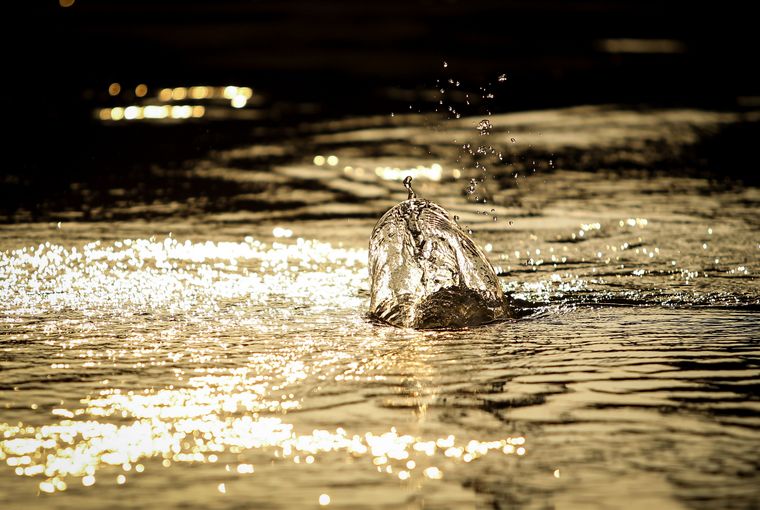
The plug sat still on the water, with just a few ripples circling out from where it had landed. I popped the rod tip down, and the plug shot a spray of water forward, its cupped nose making a loud, distinctive gurgle. A bulge of water signaled a fish below the lure, but there was no take. This was a sure sign of interest, however. The plug sat still for what seemed like an eternity, but was likely just a few seconds. Then, with just the slightest twitch of the rod tip, the popper lurched forward. Immediately, a smallmouth engulfed it.
I felt the fish and the hook was set. All 19 inches of bass was hurtling in the air, head shaking wildly as it tried to throw the hook. The bronzeback jumped three more times before my youngest son could scoop it up with the net.
“Nice one, Dad,” said Austin, who gave me a fist bump as he lifted it into the boat. His old man, feeling the adrenaline starting to subside, had to take a seat and catch a breather. Once again, the blast of a fish taking topwater had provided a thrilling moment on the water.
Nothing is more exciting than a topwater strike. The bulge of water, the explosion of the take, and then the hook-set as the fish charges back down. It all adds up to an experience like no other fishing. Plus, some of the very largest fish in the swim will take a topwater.
Pike attack
Pike fishing with topwater is amazingly effective at attracting fish, but can also be incredibly frustrating. Your strike-to-hook-up rate will not be good. Likely less than 50% of pike that attack a topwater ever touch it. Yet, the sight of a 40-inch pike shooting out of the water like a Scud missile — even if it is nowhere near your lure — is something no angler will forget. What the water wolf lacks in aim, it makes up for with disorienting explosiveness. This probably works to their advantage when they are trying to disorient a duckling or rodent.
I’ve had some pretty memorable pike take my offerings off the surface over the years. One that sticks out took place in northern Manitoba about 15 years ago. I was fly fishing and using a yellow and chartreuse diving surface fly called a Dahlberg Diver. The fly floated, but would slip just under the surface on the retrieve. I was working the fly over the tops of some cabbage when I saw a flash. Then a pike the length of a paddle came swimming straight up at the fly. It opened its mouth and with flared gills came straight out of the water to eat it. Most of the pike was out of the water when I set the hook. The instinct would normally be to set the hook on impact, but, as I’d learned earlier in the trip, you could easily pull the fly out of the fish’s mouth that way. Waiting to feel the weight of the fish on the rod before setting was the trick. Not always easy to do. I did land that fish, and it was a beauty. But even if I had lost it, the sight of that airborne pike would stay with me.
Nothing-to-lose smallmouth
For years as a tournament angler, I chased smallmouth bass (and to a lesser extent, largemouth) in northern Ontario. Initially, most of my bass angling was done with finesse jigs, worms, and small crankbaits. The turning point for me came in the late-1990s. An angling partner and I were fishing the Fort Frances Canadian Bass Classic on Rainy Lake. We were using jigs and tubes and things weren’t going well. We were catching small fish, and not many of them. One afternoon after pre-fish, I bumped into the legendary Minnesota-based angler Al Lindner. He asked how things were going. I told him we were really struggling and were mostly fishing jigs. Lindner smiled, tugged on his ball cap and leaned into my ear.
“Gord,” he whispered.” Just put on a topwater bait and keep fishing it. You WILL get bit.”
On tournament day, every topwater lure I owned was on deck or on a rod. My partner had clipped one on as well. Not the most thought-out strategy, but we had nothing to lose. We got to our first spot and started to fish. On the third cast a big smallmouth engulfed my Chug Bug.
“Fish on,” I said…as the bass cartwheeled through the air. The sound of trebles clicking together could be heard, as could the valves of my racing heart. My partner dropped his rod and grabbed the net. As he prepared to net my fish, there was a splash behind us. A second smallmouth was now leaping out of the water, this one with my partner’s topwater in its mouth.
The fish had eaten his plug as it sat dead on the surface. I cannot honestly remember whether we landed those fish, but that moment is etched in my memory. From that day forward, there has rarely been a time bass fishing when a topwater was not tied on and ready for use in my boat. They are so effective and just so fun.
Slurping muskie
I’ve only ever caught one muskie on a topwater, but it was a little anti-climactic. The muskie in question slurped a Hellraiser Cherry Twist under the water like a brook trout taking a dry fly. There was barely a ripple. It was the exact opposite of what I expected, even though the fish measured 48 inches. My goal in the next few years is to experience a huge muskie eating a topwater like it means business. I want to see fireworks and mayhem.
I know it can happen. That’s normally how topwater works!

Senior Editor Gord Ellis is a journalist, radio broadcaster, photographer, and professional angler based in Thunder Bay. Reach Gord at: mail@niteowldev.com, Twitter: @GordEllis
Originally published in the July 2020 issue of Ontario OUT of DOORS magazine.


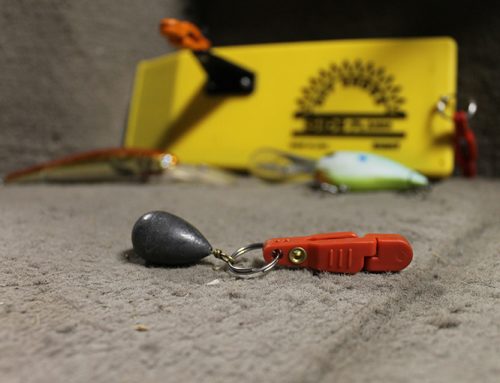
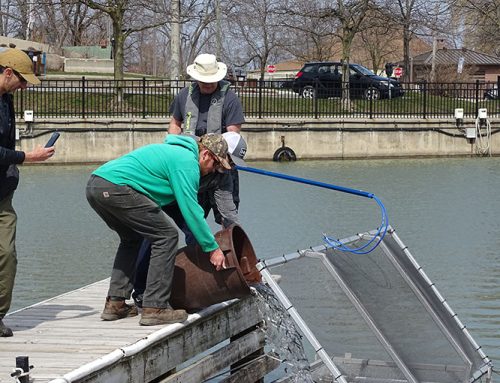
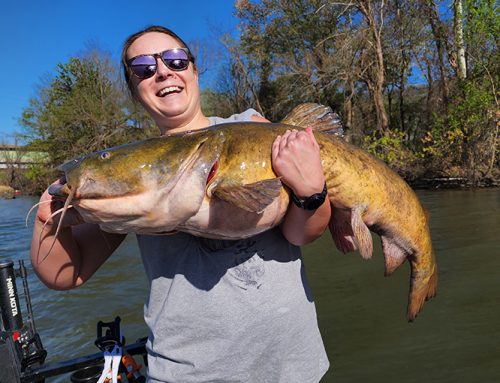
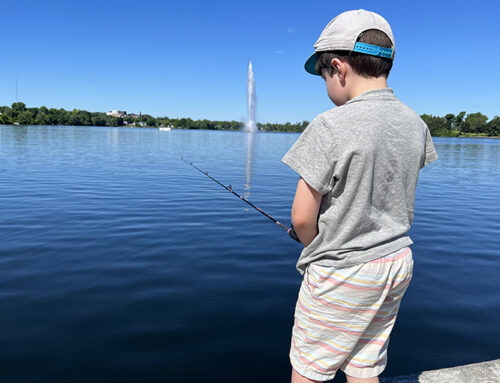
Leave A Comment